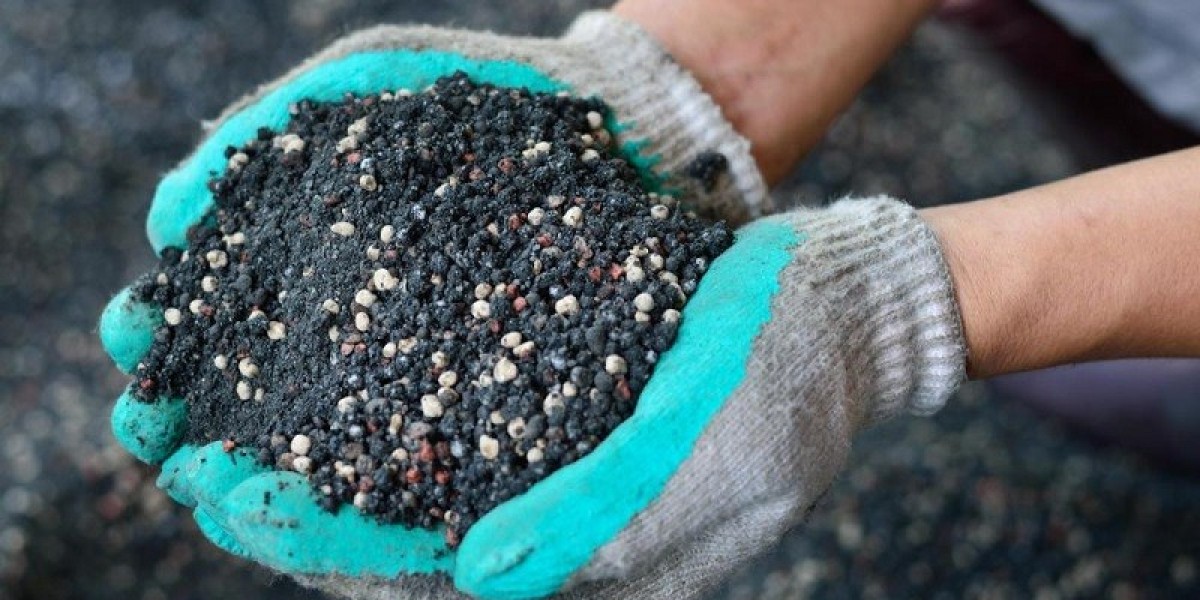Here’s a step-by-step guide to measure your marketing ROI effectively:
✅ 1. Understand the Basic ROI Formula
The standard formula is:
ROI=Net Profit from Campaign−Marketing CostMarketing Cost×100\text{ROI} = \frac{\text{Net Profit from Campaign} - \text{Marketing Cost}}{\text{Marketing Cost}} \times 100
Example:
Campaign generated ₹1,00,000 in sales
Marketing cost: ₹20,000
Cost of goods sold (COGS): ₹40,000
Net Profit = ₹1,00,000 - ₹40,000 = ₹60,000
ROI=₹60,000−₹20,000₹20,000×100=200%\text{ROI} = \frac{₹60,000 - ₹20,000}{₹20,000} \times 100 = 200\%
🎯 A 200% ROI means you made ₹2 for every ₹1 spent.
🔍 2. Define What You’re Measuring
Are you measuring:
Direct sales?
Lead generation?
Brand awareness?
Website traffic or engagement?
📌 ROI is different depending on your campaign objective. Make sure you define success first.
🛠 3. Track Campaign Costs Accurately
Include:
Ad spend (Google, Facebook, etc.)
Design or creative costs
Tools or software used (email platforms, landing page builders)
Agency or freelancer fees
Time cost (optional but insightful)
🧠 You can’t measure ROI without knowing exactly what you spent.
📈 4. Track Revenue or Value Generated
For e-commerce or direct sales:
Use tools like Shopify, WooCommerce, Stripe, or PayPal reports
For lead gen campaigns:
Estimate the value of each lead (e.g., if 1 in 5 leads convert to a ₹10,000 sale, a lead is worth ₹2,000)
For email campaigns:
Measure purchases, clicks, sign-ups, or form completions from your email links
📌 Use UTM tracking in all links to monitor campaign sources via Google Analytics.
📊 5. Use Key ROI-Related Metrics
In addition to the basic ROI formula, monitor:
| Metric | Why It Matters |
|---|---|
| Cost Per Lead (CPL) | Total spend ÷ number of leads |
| Customer Acquisition Cost | Total spend ÷ number of new customers |
| Conversion Rate | Leads or visitors that became customers |
| Lifetime Value (LTV) | Avg. revenue per customer over time |
| Break-even ROAS | How much you must earn to cover ad costs |
🧠 Even campaigns that don’t profit immediately can have long-term ROI if LTV is high.
📲 6. Use Tools to Measure ROI
Free Tools:
Google Analytics – Tracks website traffic, conversions, UTM sources
Meta Ads Manager / Google Ads – Built-in ROI data
Google Sheets / Excel – For calculating and analyzing manually
Paid Tools:
HubSpot – CRM + ROI dashboards
ClickFunnels – Sales funnel ROI tracking
Plausible, Mixpanel, Hotjar – User behavior and attribution
🧪 7. Test & Compare Against Benchmarks
Run A/B tests to see which campaigns perform best, then scale up what works.
Compare:
ROI across different channels (email vs ads)
Organic vs paid results
Seasonal campaign performance
📌 Don’t just measure absolute ROI—look at relative performance to optimize spend.
📉 8. Adjust Based on ROI Insights
If ROI is low:
Rework your copy, creatives, or audience targeting
Shorten your funnel or improve your landing pages
Lower your ad spend and focus on higher-return efforts (like referrals or SEO)
If ROI is high:
Scale up the campaign
Automate it
Repurpose the strategy in other channels
🧭 Marketing ROI Measurement Checklist
| Step | Done? |
|---|---|
| Defined the goal of the campaign | |
| Tracked all direct and indirect costs | |
| Tracked conversions, revenue, or value earned | |
| Calculated ROI using the right formula | |
| Analyzed related metrics (CPL, CAC, LTV) | |
| Used UTM tags and analytics to attribute source | |
| Optimized campaigns based on performance |
Final Thought:
“If you’re not tracking ROI, you’re not marketing—you’re gambling.”
Important Links
Dairy Farm Walk Condo Showflat
Dairy Farm Walk Condo Developer
How to Check Property Boundaries Before Buying: A Simple Guide for Homebuyers
How to Spot a Great Real Estate Deal Fast
How to Protect Your Real Estate Investments from Inflation in 2025
10 Things to Avoid During the Home Loan Process
Dairy Farm Walk Condo Project Details
Dairy Farm Walk Condo Location
Dairy Farm Walk Condo Floor Plans
Dairy Farm Walk Condo Project Details
Dairy Farm Walk Condo Location
Dairy Farm Walk Condo Site Plan








